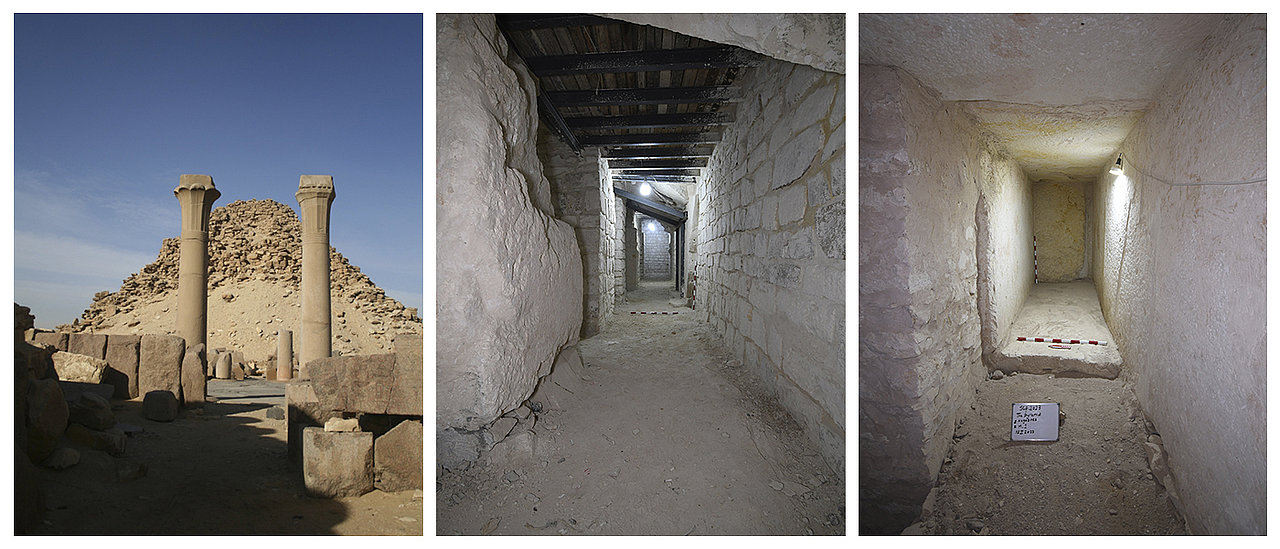New rooms have been discovered in an ancient Egyptian pyramid, confirming the suspicions of archaeologists who first excavated the magnificent site almost 200 years ago.
The rooms were recently discovered at the Pyramid of Sahura, built around 4,400 years ago for the Egyptian pharaoh Sahure of the Fifth Dynasty. The structure has been undergoing a restoration project since 2019 to clean its interior rooms and prevent further collapse, ultimately hoping to prolong its lifespan.
As part of the conservation efforts, a team cleared a once-blocked corridor, allowing them to access new chambers for the first time. The rooms didn’t have a particularly glamorous job – they were most likely storage rooms – but their discovery does provide some insight into the architecture and design of pyramids.
Researchers from the University of Würzburg recently surveyed the pyramid using cutting-edge LiDAR imaging, creating an accurate floor plan of the antechamber. This information was used as part of the conversation project to ensure the structural integrity of the rooms while making them accessible for the future.

From left to right: Exterior view of the pyramid. A passage secured with steel beams. One of the discovered storage rooms.
Image credit: Mohamed Khaled / Uni Würzburg
The Pyramid of Sahura stands at 47 meters (155 feet) tall and can be found in the necropolis of Abusir, the primary burial site for the pharaohs of the Fifth Dynasty of ancient Egypt. The complex contains 14 ancient Egyptian pyramids, including three major royal pyramids, a scattering of smaller ones, and even some unfinished structures.
The pyramid was first excavated in 1836 by John Shae Perring, a British engineer known for exploring ancient Egyptian structures, occasionally with the help of explosives. Perring suspected the corridor led to a series of storage rooms, but the passage was badly damaged, filled with debris, and impassable. Unfortunately, the work of these early Egyptologists ended up causing a fair amount of damage to the internal structure.
It’s most famous for its unusual and rugged appearance. Unlike the archetypal pyramids at the Giza pyramid complex, the Pyramid of Sahura currently looks like a rough mound of oddly shaped blocks, surrounded by a complex of fallen ruins and pillars. However, in its glory years, it would have had pristine, smooth-sided limestone casting stones.
While the Giza pyramids have been more closely studied – and better maintained – than the Pyramid of Sahura, researchers are still finding new interior structures within them to this day. Earlier this year, archaeologists took three-dimensional images showing the innards of Khufu’s Great Pyramid of Giza. Amazingly, it revealed the presence of hidden passageways that might shed light on the mystery of how this incredible structure was constructed.
Source Link: Long-Lost Chambers Found Within 4,400-Year-Old Egyptian Pyramid